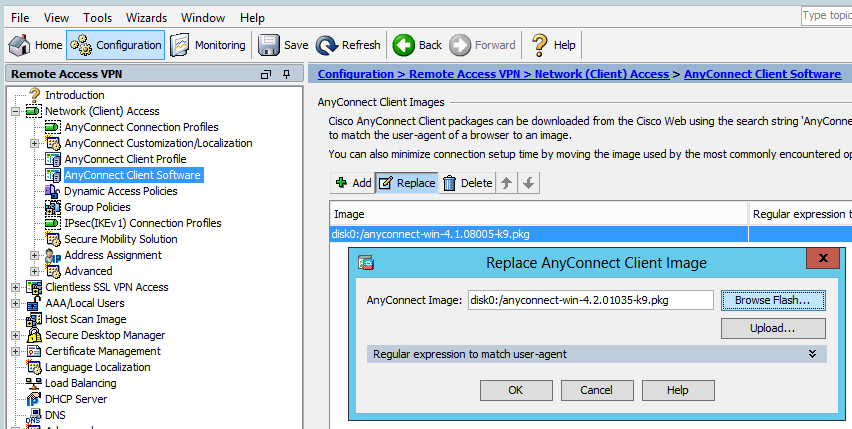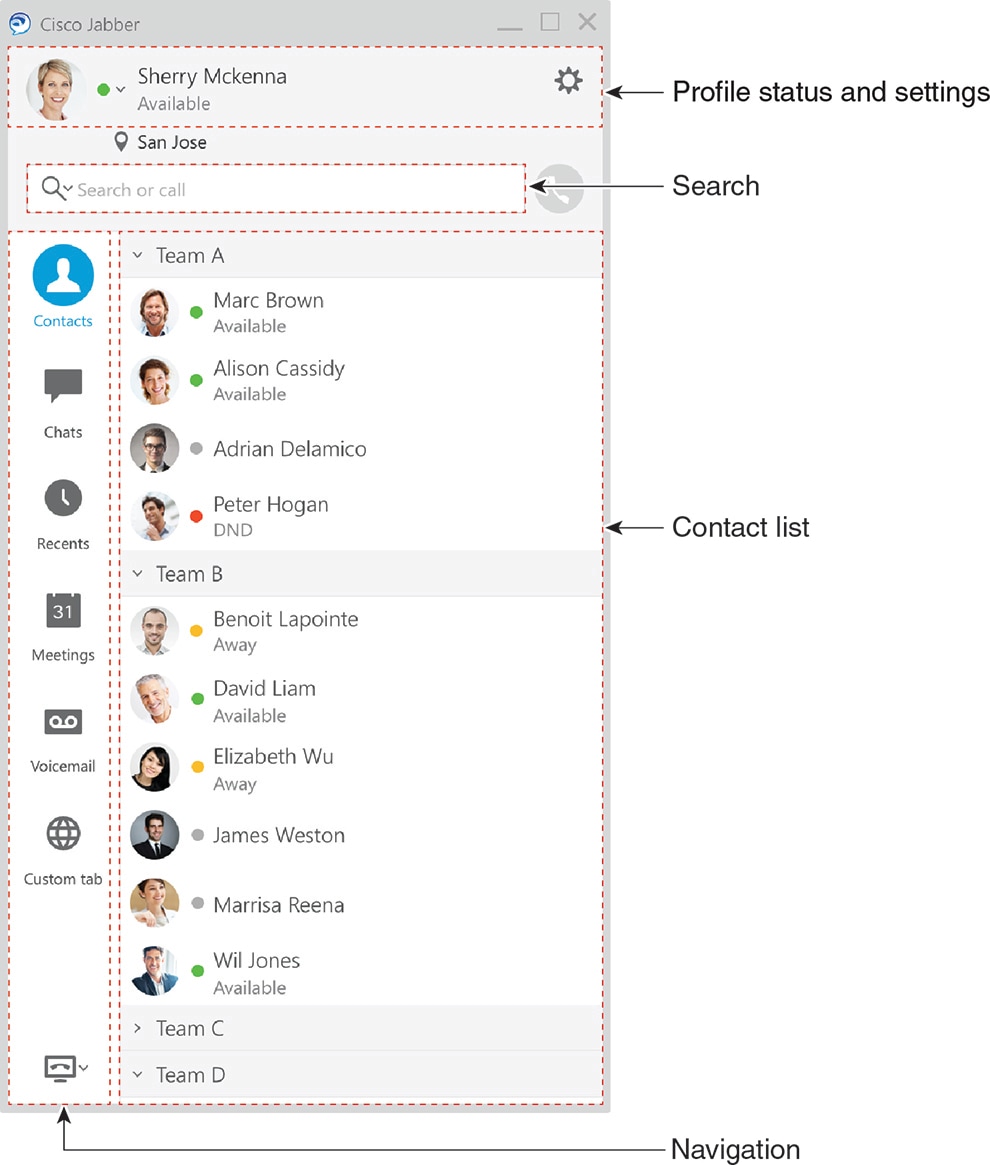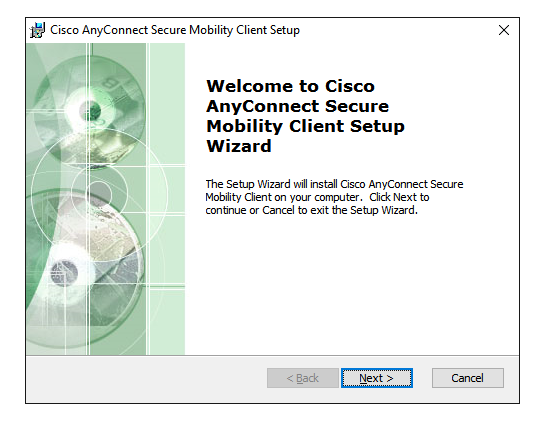

The maximum number of secure MAC addresses have been added to the address table, and a station whose MAC address is not in It is a security violation when one of these situations occurs: If sticky learning is disabled, the sticky secure MAC addresses are converted to dynamic secure addresses and are removed If you do not save the sticky secure addresses, they are Restarts, the interface does not need to relearn these addresses. If you save the sticky secure MAC addresses in the configuration file, when the switch The sticky secure MAC addresses do not automatically become part of the configuration file, which is the startup configuration MAC addresses are added to the running configuration. Those that were dynamically learned before sticky learning was enabled, to sticky secure MAC addresses. The interface converts all the dynamic secure MAC addresses, including Running configuration by enabling sticky learning. You can configure an interface to convert the dynamic MAC addresses to sticky secure MAC addresses and to add them to the If these addresses are saved in the configuration file, when the switch restarts, the interfaceĭoes not need to dynamically reconfigure them. Sticky secure MAC addresses-These can be dynamically learned or manually configured, stored in the address table, and added Static secure MAC addresses-These are manually configured by using the switchport port-security mac-address mac-address interface configuration command, stored in the address table, and added to the switch running configuration.ĭynamic secure MAC addresses-These are dynamically configured, stored only in the address table, and removed when the switch The switch supports these types of secure MAC addresses: Also, if a station with a secure MAC address configured or learned on one secure port attempts to access another secure

If a port is configured as a secure port and the maximum number of secure MAC addresses is reached, when the MAC address ofĪ station attempting to access the port is different from any of the identified secure MAC addresses, a security violation
#CANT UNINSTALL CISCO WEB SECURITY MAC FULL#
If you limit the number of secure MAC addresses to one and assignĪ single secure MAC address, the workstation attached to that port is assured the full bandwidth of the port. Source addresses outside the group of defined addresses. When you assign secure MAC addresses to a secure port, the port does not forward packets with You can use the port security feature to restrict input to an interface by limiting and identifying MAC addresses of the stationsĪllowed to access the port. Information About Port Security Port Security Port Security is not supported on EtherChanel interfaces. This number is the total of available MAC addresses, including those used for other LayerĢ functions and any other secure MAC addresses configured on interfaces. The maximum number of secure MAC addresses that you can configure on a switch is set by the maximum number of available MACĪddresses allowed in the system. If you try to set the maximum value to a number less than the number of secure addresses already configured on an interface, Configuration Examples for Port Security.Source Interface and VRF Support in LDAP.Source Interface Selection for Outgoing Traffic with Certificate Authority.Configuring Authorization and Revocation of Certificates in a PKI.Configuring IEEE 802.1x Port-Based Authentication.SSH Algorithms for Common Criteria Certification.Configuring Local Authentication and Authorization.Controlling Switch Access with Passwords and Privilege Levels.

Note: Do not enable proxy servers or internet connection sharing for network devices when using Cisco An圜onnect software. Remove the app from your computer or mobile device, delete your Cisco profile, and then reinstall An圜onnect.

Remove the app from your computer or mobile device and then reinstall using the Typical installation method. If you are currently running another VPN client, this may conflict with Cisco An圜onnect Secure Mobility Client. Uninstall or disconnect from other VPN clients.When your computer goes to sleep, it may automatically be disconnected from VPN. All VPNs rely on an active internet connection. Review the sleep settings on your computer.You may need to temporarily disable your antivirus or firewall to determine if a connection can be established. Make sure your antivirus or firewall allows An圜onnect.If you are still unable to connect, consider the following: You are logging in with your Andrew userID and password.If you are experiencing difficulty connecting to VPN, verify the following: Troubleshoot Cisco An圜onnect Secure Mobility Client


 0 kommentar(er)
0 kommentar(er)
